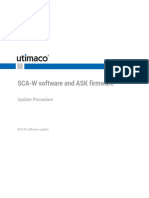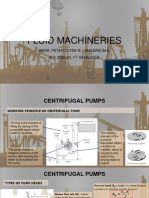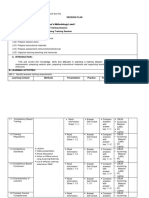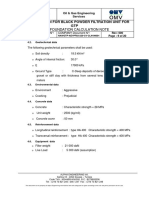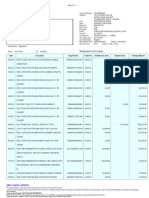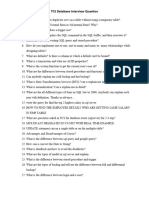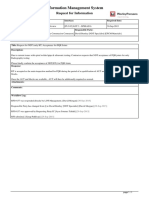0% found this document useful (0 votes)
32 views7 pages674d5cdd5f16f817ca69e514 Original
Uploaded by
AMOLIK PahwaCopyright
© © All Rights Reserved
We take content rights seriously. If you suspect this is your content, claim it here.
Available Formats
Download as PDF, TXT or read online on Scribd
0% found this document useful (0 votes)
32 views7 pages674d5cdd5f16f817ca69e514 Original
Uploaded by
AMOLIK PahwaCopyright
© © All Rights Reserved
We take content rights seriously. If you suspect this is your content, claim it here.
Available Formats
Download as PDF, TXT or read online on Scribd
/ 7



























































